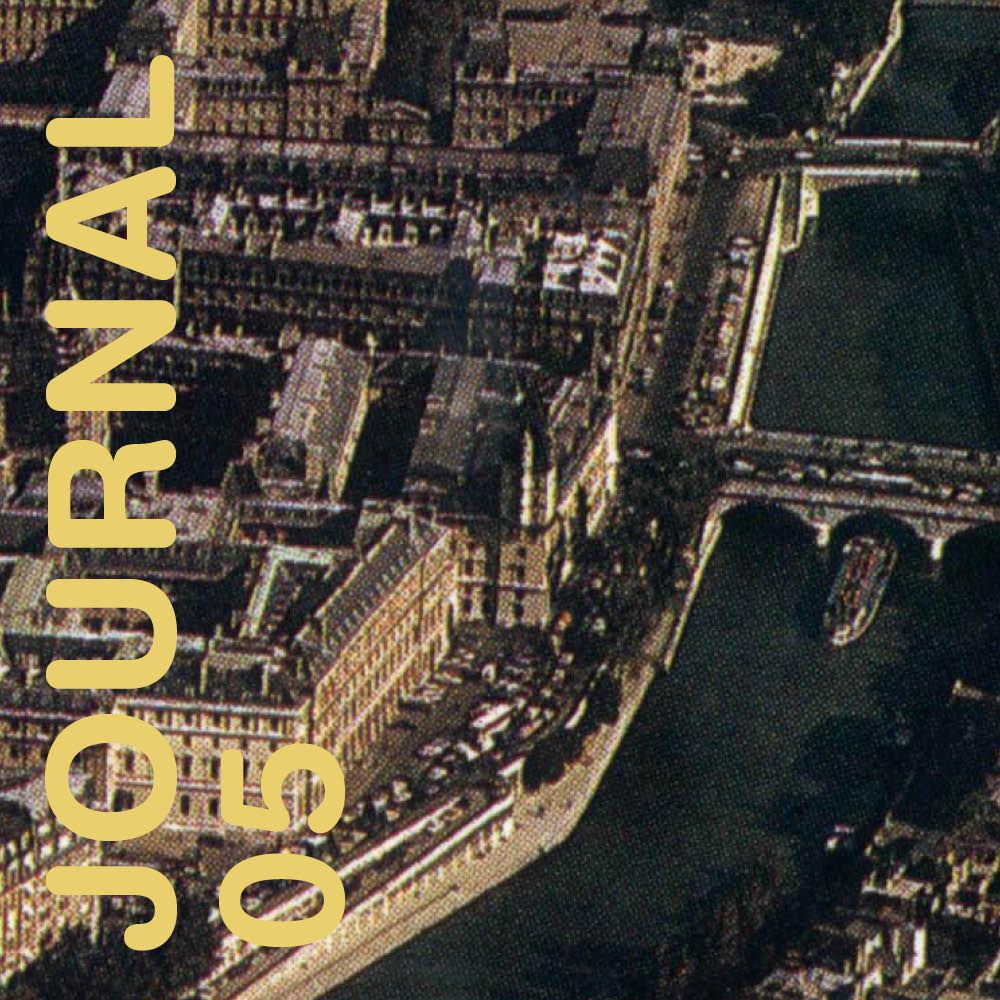
Pascal Grandmaison
Spin + Daylight
2002.11.15 - 2003.01.19
NELSON HENRICKS
In a society of excess, it is tempting to think of pictures as abundant and valueless; blank and immaterial. Pascal Grandmaison‘s work sheds light on the codes that lend images their authority. One point of entry into SPIN and DAYLIGHT is through the work of Andy Warhol, an artist who is strangely in tune with us here in the twenty-first century.
Blankness was the essence of Warhol‘s work. Warholian blankness is intriguing because it makes us search for meaning where we wouldn‘t normally. ”What is interesting about Warhol is not the retinal image of the man who paints 50 soup cans, but the man who has the idea to paint 50 soup cans.”(Duchamp) Meaning is no longer a mysterious code to be coaxed from the art object, but a game we play when situating art inside broader social contexts. Warhol‘s paintings and films are not about self-expression; they depict a world outside the self.

Grandmaison‘s work can be best understood from this perspective. His images acquire meaning once inserted into the broader context of cultural codes. In the video projection, we see a series of downward pans: extreme close-ups of people‘s faces. The subjects exude no emotion. Recalling Warhol‘s “Screen Tests,” they remain literally and figuratively blank. What animates them are cinematic conventions. The wide-screen ratio monumentalizes their image; the vibrating image makes the figures tremble with dramatic anxiety. Grandmaison‘s work is about the frames that invest images with their power, rather than the meanings inherent in them.
The importance of context (rather than content) also insinuates itself in the photographic component of this exhibition. Two fluorescent light tubes, propped in a corner against a rough photo backdrop, are illuminated by the light of day. Empty lights that are nonetheless illuminated; light as both subject and object. The image replies to conceptual artists such as Joseph Kosuth and Dan Flavin, extending an interrogation of the relationship between signs and meaning; form and function. But light has long been a subject in painting as well. Grandmaison‘s invocation of artists such as Zurbarán or Georges de La Tour lends a paradoxically sublime and mystical aura to an otherwise blank, mass-produced object.
Grandmaison is interested in value and in looking. What lends images their weight? From where do they derive their meaning? Through an open-ended exploration of representational conventions, Grandmaison deftly avoids closure and fixity. In this spirit, I hope this text only partially illumates some of SPIN and DAYLIGHT‘s many mysteries.
